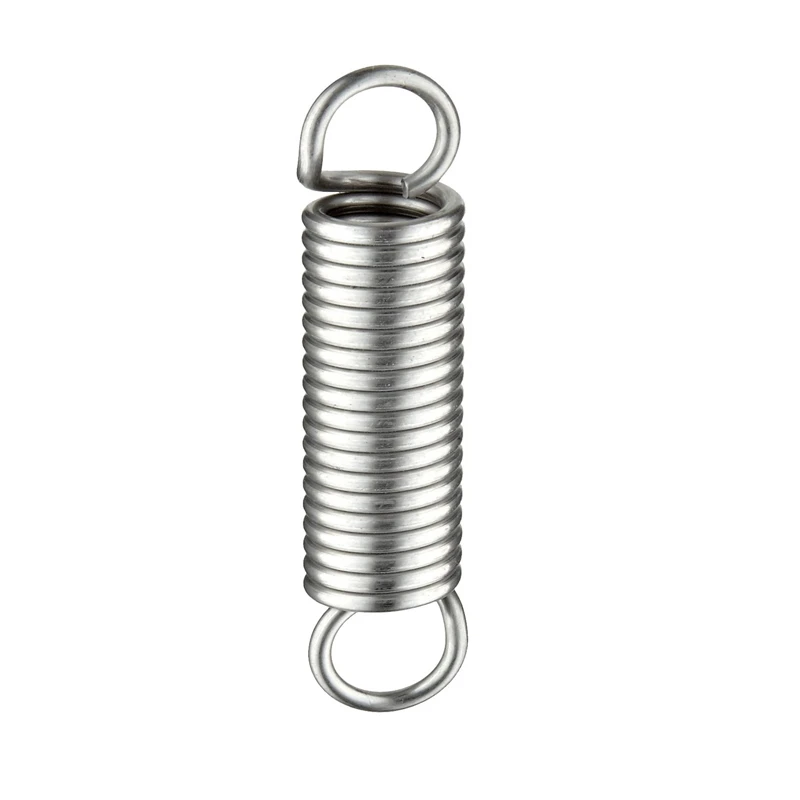
- Mobile Phone
- +8613931874955
- sales@cntcmetal.com
brick ties to concrete walls
The Importance of Brick Ties in Concrete Wall Construction
When it comes to modern construction, the reliability and durability of a structure are paramount. Among the various components that ensure the structural integrity of buildings, brick ties play a critical role, particularly in buildings that utilize concrete walls. This article will delve into the significance of brick ties, their function, and how they contribute to the overall stability of construction projects.
Understanding Brick Ties
Brick ties, also known as masonry ties, are metal connectors that link brickwork to the underlying structure, which is often made of concrete. These ties are essential in the construction of brick veneer walls, where a layer of bricks is added to a structural substrate, creating an aesthetically pleasing exterior while maintaining strength and insulation.
The Role of Brick Ties in Structural Stability
One of the primary functions of brick ties is to ensure the bond between the bricks and concrete walls. This connection is crucial as it helps distribute loads evenly, preventing potential structural failures due to the weight of the brick veneer. Brick ties facilitate adherence to building codes by providing the necessary lateral support that resists wind forces and other loads acting on the wall.
Moreover, the flexibility of brick ties allows for slight movements caused by thermal expansion or foundation settling. A structure undergoes numerous changes over its lifespan, and the ability for brick ties to accommodate these movements helps maintain the integrity of both the brick and concrete components.
brick ties to concrete walls

Types of Brick Ties
Different types of brick ties are available, each designed for specific applications. For instance, wall ties are commonly used in traditional masonry, while wall anchors are more appropriate for situations requiring enhanced structural support. Stainless steel ties are preferred in environments prone to corrosion, as they provide longevity and ensure the performance of the brickwork remains uncompromised over time.
The spacing of brick ties is also crucial; it must adhere to local building codes and be determined by the facade's height and the wall's design. Insufficient tie placement can lead to serious structural issues, including bowing of the wall and cracks in the brick, while excessive ties can lead to unnecessary costs and labor.
Installation Best Practices
Correct installation of brick ties is vital to ensuring their effectiveness. The ties should be installed at the appropriate intervals and connected securely to both the brick and the concrete substrate. Builders must pay close attention to the orientation and alignment of the ties, ensuring they are evenly distributed to avoid weak points in the structure.
Conclusion
In summary, brick ties are an essential component in the construction of concrete walls that support brick veneers. Their primary role of delivering structural stability and integrity cannot be overstated. By connecting the brickwork to the concrete substrate, they help distribute loads, accommodate movements, and enhance the longevity of the building. Ensuring the correct type, spacing, and installation of brick ties is crucial for meeting safety standards and achieving lasting quality in construction projects. As we advance in construction practices, the significance of such components will continue to be underscored through regulations and innovations, ultimately leading to safer and more resilient structures.
share:
-
Your Source for Concrete Wall Ties and Masonry AccessoriesNewsJul.10,2025
-
Unlocking the Power of Iron Wire for Every ProjectNewsJul.10,2025
-
Explore Advanced Chain Wire and Stainless Steel Mesh FencingNewsJul.10,2025
-
Discover the Benefits of Annealed Wire ProductsNewsJul.10,2025
-
Discover China Stainless Steel Wire Mesh SolutionsNewsJul.10,2025
-
Build with Confidence Using High-Performance Masonry AccessoriesNewsJul.10,2025
-
Why Sacrificial Formwork Is Redefining Underground ConstructionNewsJun.06,2025



















